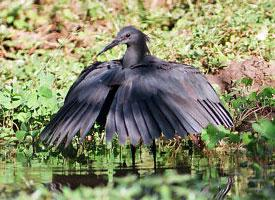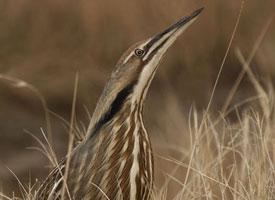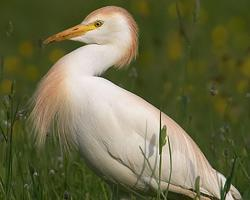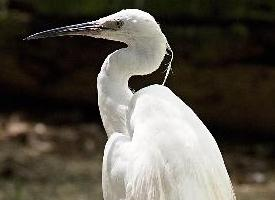
Poids et mesures
| Longueur | de 40 à 65 cm |
|---|---|
| Envergure des ailes | de 90 à 95 cm |
Description de l'animal
The Black Heron (Egretta ardesiaca), also known as the Black Egret, is a fascinating and distinctive species of heron found in sub-Saharan Africa and Madagascar. This bird is particularly noted for its unique hunting method and striking appearance, which make it a subject of interest both for bird enthusiasts and scientists alike.Standing at about 50 to 60 centimeters in height, the Black Heron has a predominantly sleek, black plumage, which exhibits a bluish or slaty sheen under certain lighting conditions. Its neck is long and slender, typical of herons, allowing it to strike quickly at prey. The bird's legs and feet are dark, while its bill is pointed and yellow, contrasting sharply with its dark feathers. During the breeding season, its colors become more vibrant, and it may develop additional ornamental feathers on the back and crown, adding to its allure.
One of the most remarkable behaviors of the Black Heron is its hunting technique, known as "canopy feeding." The bird uses its wings to create a shade over the water, effectively reducing glare and attracting fish into the shaded area. This behavior is not only a testament to the bird's intelligence but also a unique adaptation among herons. By casting a shadow, the Black Heron creates an illusion of safety for the fish, making it easier to catch them. This method of feeding is a fascinating example of behavioral adaptation in response to environmental challenges.
The habitat of the Black Heron spans freshwater environments such as lakes, rivers, marshes, and floodplains across sub-Saharan Africa and Madagascar. It prefers shallow waters where it can wade and hunt for its primary diet of fish and amphibians. The bird is also known to consume insects and small crustaceans, making it an opportunistic feeder.
Breeding behavior in Black Herons involves the construction of nests in colonies, often alongside other waterbirds. These nests are typically built in trees or reeds close to water bodies. The bird lays clutches of 2 to 4 pale blue eggs, which both parents incubate. The young are altricial, meaning they are born relatively undeveloped and require significant parental care before they can fend for themselves.
Despite its widespread range, the Black Heron faces threats from habitat destruction and pollution. Wetland drainage for agriculture, along with water pollution, poses significant challenges to their habitats, impacting their feeding and breeding grounds. Conservation efforts are crucial to ensure the survival of this species, highlighting the importance of preserving wetland habitats not only for the Black Heron but also for the myriad of other species that depend on these environments.
In summary, the Black Heron is a captivating bird with unique adaptations that allow it to thrive in its natural habitat. Its distinctive hunting technique, striking appearance, and the challenges it faces in the wild make it a compelling subject for conservation and study. Preserving the natural habitats of the Black Heron is essential for the continued survival of this remarkable bird and the rich biodiversity of the wetlands it calls home.
Animaux similaires
Nouvelles photos d'animaux
Top 10 des animaux
- Dolphin gull (Leucophaeus scoresbii)
- Diana monkey (Cercopithecus diana)
- Moustached guenon (Cercopithecus cephus)
- Galápagos tortoise (Geochelone nigra complex)
- Japanese macaque (Macaca fuscata)
- Russian tortoise (Testudo horsfieldii)
- Stone loach (Barbatula barbatula)
- Greek tortoise (Testudo graeca)
- Common flying dragon (Draco volans)
- Vendace (Coregonus albula)


